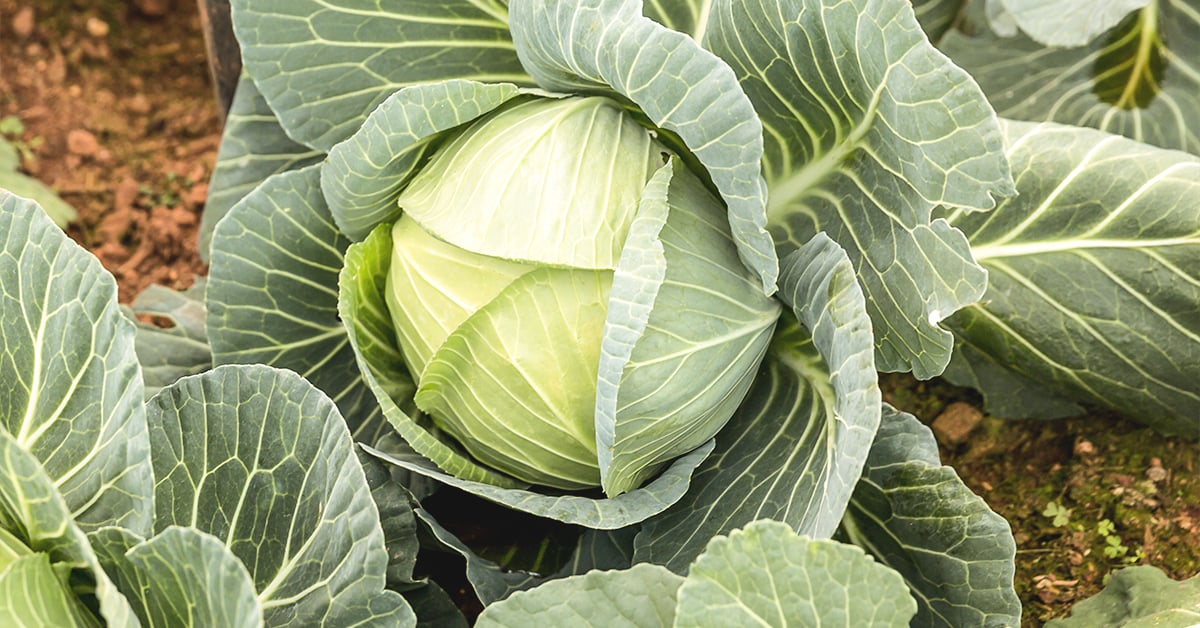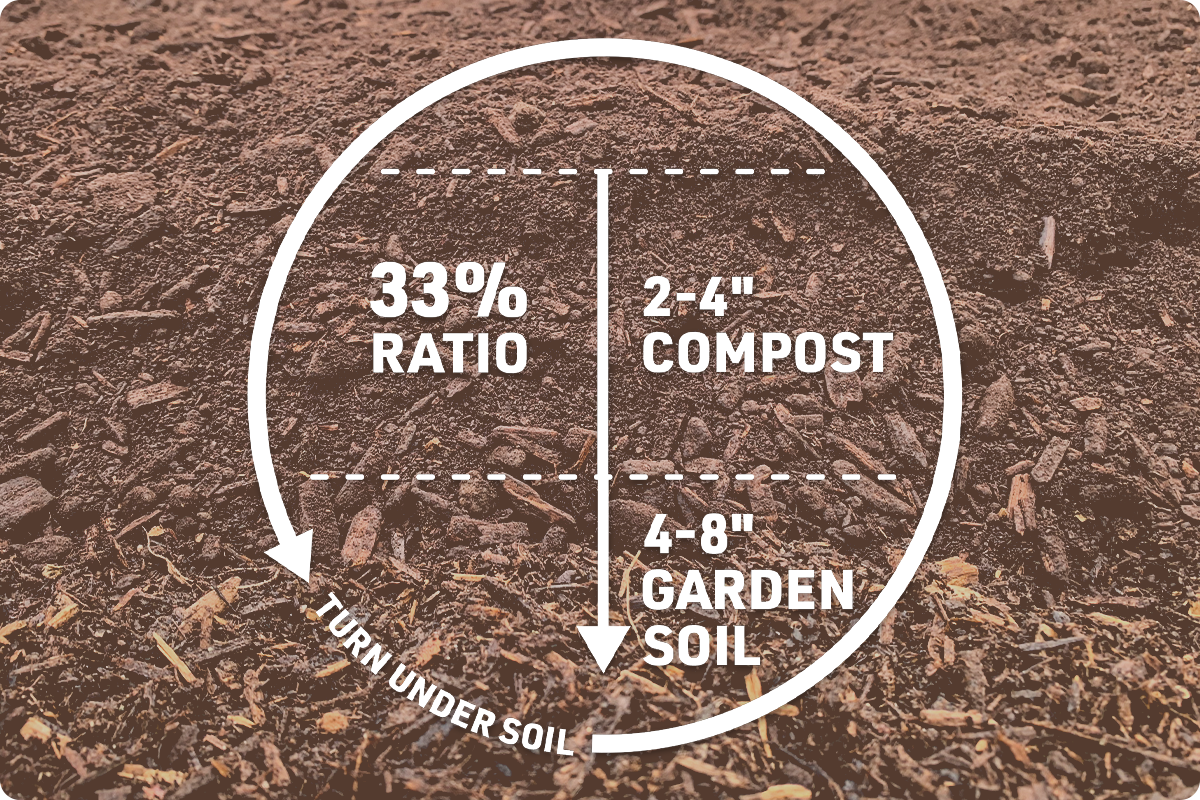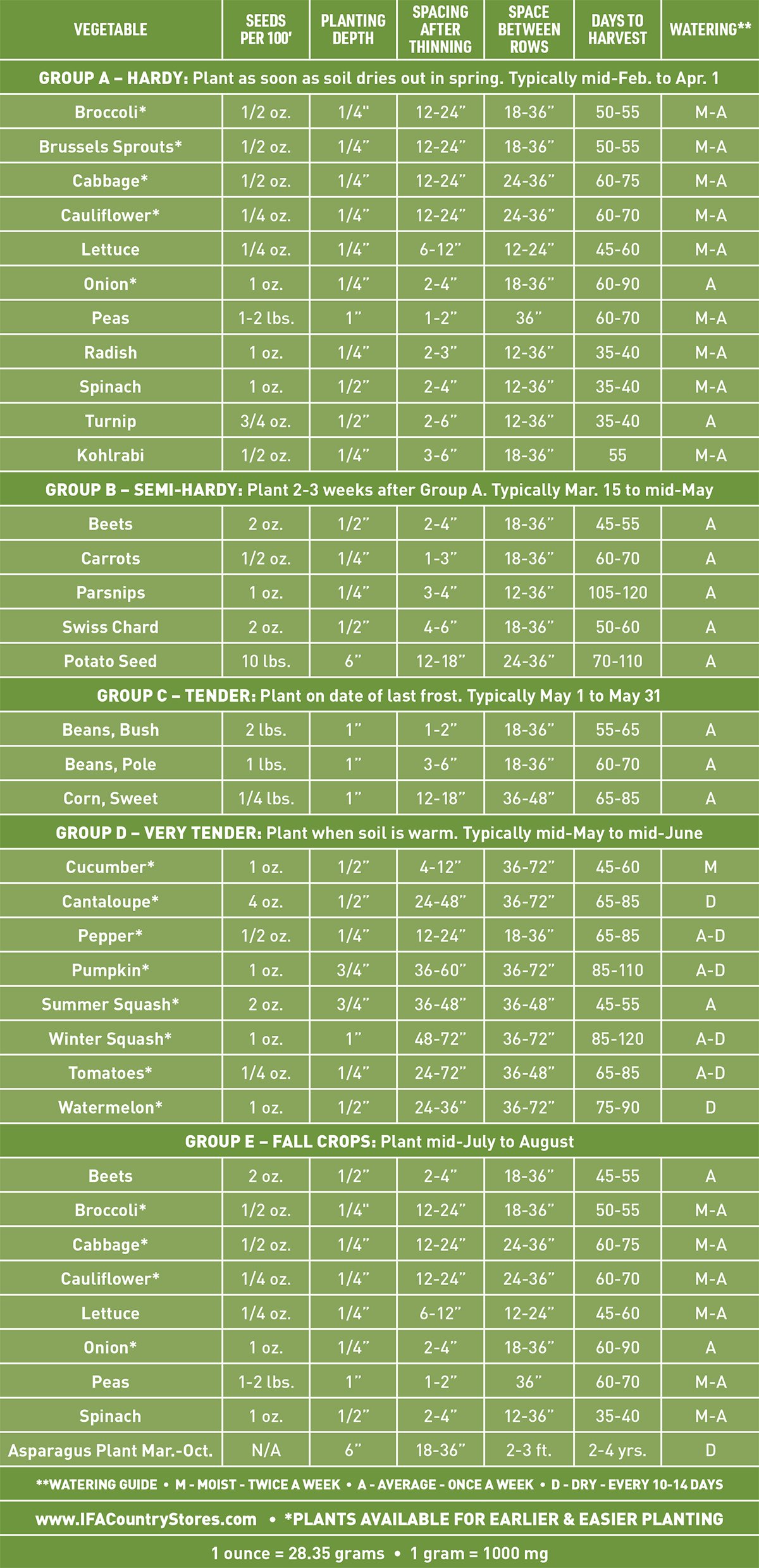
Gardening is a rewarding activity that brings joy to those who sow, grow and harvest. As winter winds down and the first signs of spring start to peek through, the urge to get your hands in the soil grows strong, just like a seed ready to sprout.
While many folks wait until late April or early May to start gardening, here's some great news: you don't have to! Even with the chilly weather hanging around, certain veggies like cole crops actually love the early spring. By planting now, you can jumpstart the season and enjoy a more bountiful garden with a wider variety of veggies.
Wondering when to start planting and which veggies are perfect for early spring? Curious about how to get your soil ready? Here are some friendly tips to kick off your early spring gardening adventure!
Prepare the Soil for Early Spring Gardening
To get your soil in tip-top shape, try mixing some compost into your garden soil during the fall or early spring. A handy rule of thumb is to work two inches of organic matter into six inches of soil. This way, your plants will have an easier time getting the air, water and nutrients they need to succeed!
Adding too much organic matter to a small amount of soil can actually hold back your plants' growth. And if your soil is heavy and wet like clay, with not enough air space, your plants might struggle too. But don't worry! By mixing one part organic matter with two parts soil, you'll create a cozy, nutrient-rich home for your plants to thrive.

To create the perfect seed bed, give your garden soil a good till and thoroughly mix in some organic matter with fertilizer. For a healthy and ready-to-grow root zone, try using well-composted materials like Oakdell Organic Compost. It's best to gather green materials like grass clippings and bark during the summer and mix them into the soil in the fall, allowing them to fully compost over the winter. Keep a compost bin handy to collect organic goodies all year round!
What to Plant and When in Early Spring
When it comes to spring gardening plants, vegetables can be divided into two groups: cole crop plants and bulbs, and cool season root vegetables.
When To Plant Cole Crops and Bulbs
The first group, cole crop plants and bulbs, are cool-season veggies that you can start right in your garden or indoors. Cole crops, which are cruciferous vegetables part of the brassica or mustard family, just love cooler weather. So, your leafy greens, broccoli, Brussels sprouts, and more are just perfect for your early spring and fall gardens! (Also see: Tips for Growing Fall Vegetables in Your Garden)
You can start planting cole crops as early as Valentine’s Day, once the snow has melted. These hardy veggies are quite hardy—some seeds can be sown directly into the garden early in the season, while others prefer a warmer start indoors before making their way outside.
Kohlrabi, kale, collard greens, Chinese kale, peas, onions, radishes, spinach, lettuce, and turnips are suitable for direct seeding into garden soil outdoors. In contrast, cabbage, broccoli, cauliflower, and Brussels sprouts should ideally be initiated indoors approximately 4–6 weeks prior to outdoor transplantation. Utilizing a greenhouse or hot box provides an ideal environment for these plants to begin growing while it's still a bit too chilly for them to brave the outdoors.
Tips for Planting Cool-Season Root Vegetables
The second group of cool-season veggies, your root vegetables, are best planted from seed in your garden about 2–3 weeks after you've got your cole crops in the ground. This usually falls a couple of weeks into March, or when the daytime temperatures are comfortably between 40 and 50 degrees Fahrenheit.
The lineup of cool season root veggies features favorites like beets, carrots, potatoes, Swiss chard, parsnips and turnips. Make sure to plant these seeds early so they have plenty of time to grow and be ready for harvest before the weather gets too warm, whether that's in early spring or a bit later.
Frost and Snow Concerns for Early Season Planting
 Cole crops and cool season root vegetables perform and produce better in cool weather as opposed to warm. The hot days and nights of summer easily stress them out. These plants can, however, be planted again in late summer when they can benefit from cooler temperatures and light frosts of early fall.
Cole crops and cool season root vegetables perform and produce better in cool weather as opposed to warm. The hot days and nights of summer easily stress them out. These plants can, however, be planted again in late summer when they can benefit from cooler temperatures and light frosts of early fall.
While cole crops and root vegetables perform well in cool temperatures, snow and frost are still a concern. Most garden plants don’t tolerate colder temperatures when they dip below a certain level depending on the variety. It may sometimes be necessary to cover your plants early in the season with Insulated Plant Protectors (formerly Walls O' Water), Hotkaps, insulated blankets or similar products to protect them from the cold.
The last frost in northern Utah is usually somewhere close to Mother’s Day, but this will vary depending on the year and where you are located.
Maximize Early Spring Gardening
One great aspect of gardening is that it's always fun to grow the things you love and experiment with something new. We recommend growing the plants you like to eat while also planting at least one new veggie or fruit each year to keep things fun and interesting.
Most of the cool-season vegetables mentioned in this article also do well when grown in the fall. Take advantage of their ability to grow later in the season and extend your gardening season. Plant seeds again in mid-to-late summer for another round of fall crops.
To maintain healthy plants, make sure they have the right blend of nutrients and micronutrients for healthy growth. Applying IFA’s Grand Champion All-Purpose Fertilizer or IFA's 16-16-8 Premium Garden Blend Fertilizer once or twice every six weeks is an easy way to make sure your plants have the energy they need. With any fertilizer, always make sure to follow the directions listed on the bag.
For more information, visit your local IFA Country Store or download this Utah State University Extension “Vegetable Planting Guide,” which offers more details about vegetables to plant and when to plant them.
Information for this article was provided by Nick Loveland, Certified Arborist, Assistant Manager, Ogden IFA Country Store; Daniel Thatcher, Branch Manager, Price IFA Country Store; Jill Fillingim, Price IFA Country Store; and Kent Mickelsen, Utah Certified Nurseryman, IFA Country Store.
IFA Vegetable Planting Guide:

















